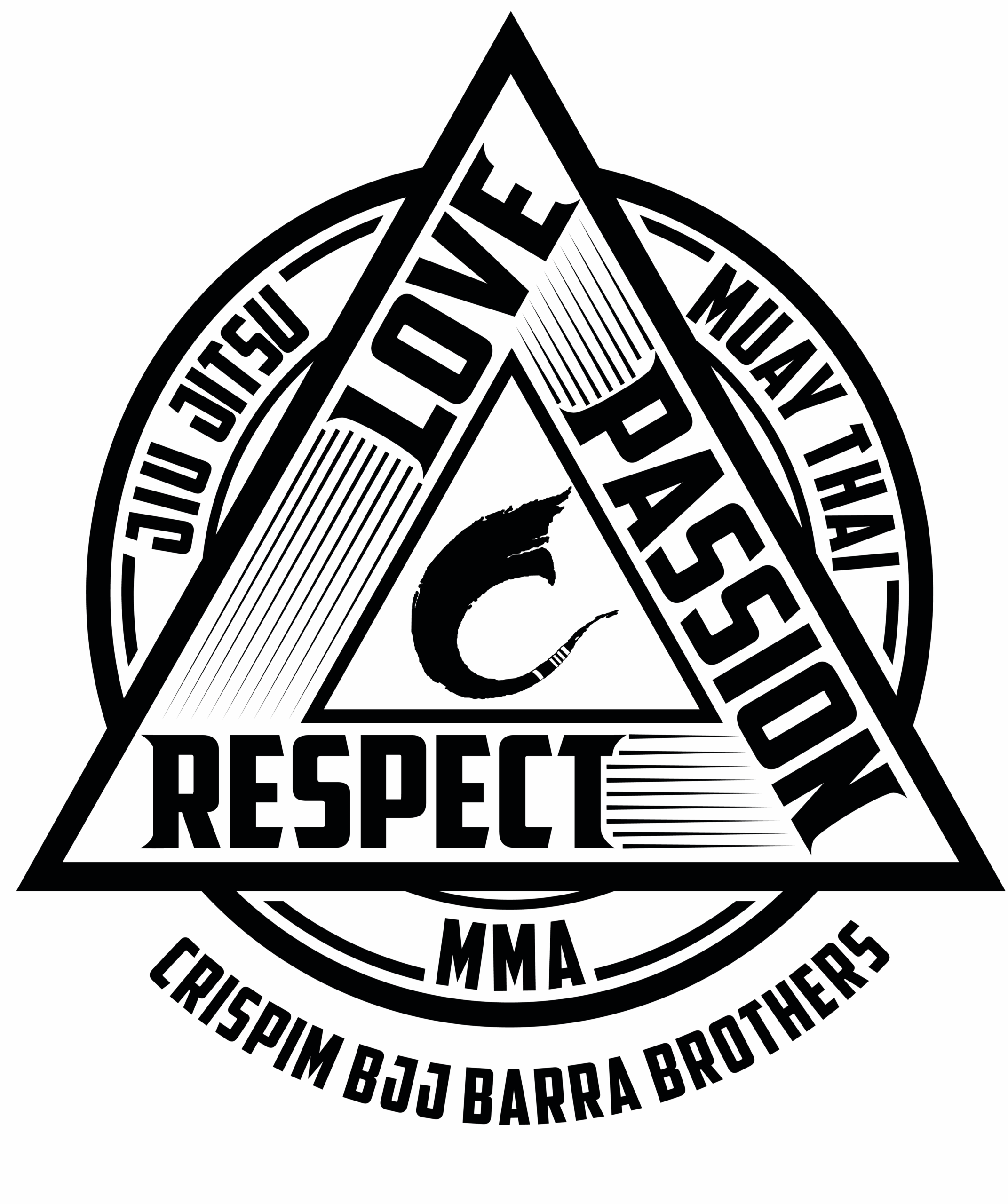Norem ipsum dolor sit amet, consectetur adipiscing elit. Etiam eu turpis molestie, dictum est a, mattis tellus. Sed dignissim, metus nec accumsan.
We’re halfway through the year, and if your gym isn’t where you thought it would be by now — growth slower than expected, membership feeling stagnant, maybe even questioning what the heck you’re doing wrong — you’re not alone.
I’ve been there, I was part of a small team that ran a boutique fitness concept for 7 years. I’ve felt that pit in my stomach when something felt off, but I couldn’t quite put my finger on what, or why. It’s frustrating. It’s draining. And it can feel incredibly isolating to carry that weight, especially when it seems like no one else really gets it.
But I also know this: you don’t have to stay stuck. Facing the hard stuff — what Jim Collins calls the “brutal facts” in Good to Great — is what actually builds confidence. It’s not about pretending things are great. It’s about owning what’s real, and then taking steps to move forward. (P.S. Haven’t read this yet? You need to.)
So if you’re feeling behind, burnt out, or just plain overwhelmed, here are 3 steps I’ve used — personally — to get back on track:
1. Start With the Data
Sometimes you just know something’s off but can’t pinpoint what. That’s frustrating, and it can paralyze you. Trust your gut, but then go verify it. Data doesn’t lie.
Even if your numbers aren’t great, knowing them is so much better than flying blind. It gives you clarity. And clarity gives you peace of mind.
If you’re not tracking your key metrics weekly right now, that’s okay. Start small. The goal isn’t to build a fancy dashboard overnight. It’s to create a habit. Track things like:
- New Leads
- New Website Visitors
- New Memberships Sold
- New Class Packs Sold
- Monthly Cancellations
- Number of Classes Taken Per Customer, Per Week
- Total Attendance
- Average Visitors Per Class
You want a scorecard that’s mostly made up of leading indicators — things that predict future outcomes and give you time to act. Think: new leads, trial sessions booked. These numbers help you spot trends early and take action before small issues become big problems. That said, it’s totally fine to include a few lagging indicators too — like revenue or churn — because they give you a snapshot of how things have played out. Just don’t rely on them alone. By the time lagging data shows a dip, it’s often too late to course-correct.
2. Take a Clarity Break
This one changed the game for me.
When I was deep in the day-to-day chaos of running multiple gyms, I’d go months without really stepping back. That’s a recipe for burnout and bad decisions. You get so caught up in solving today’s problems that you forget to think about where the business is actually going. Taking a step back, zooming out to that 10,000-foot view, is crucial. It helps you spot patterns, reconnect with your vision, and make decisions based on strategy instead of survival.
A clarity break is an intentional pause. No Slack. No texts. Just space to think. EOS talks about this a lot—and I swear by it.
Here’s how I do it:
- Block an hour once a week (ideally outside your gym)
- Bring a notebook
- Put your phone on “Do not disturb”
- Ask yourself: What’s working? What’s not? What needs to change?
- Commit to this routine, hold yourself accountable, do it every week.
That one hour of quiet reflection can do more for your business than a full day of hustle. Commit to this routine. Hold yourself accountable to 1 clarity break a week. Make it non-negotiable. The clarity you’ll gain will ripple through everything you do.
3. Get Support (The Right Kind)
Being a small business operator can be one of the most rewarding — and loneliest — jobs in the world. It’s easy to feel like no one gets it unless they’ve been in it.
You probably don’t need more employees (let’s be real — overhead is real). But you do need a support system. Here’s what that can look like:
- Mentor groups like Two Brain Business for gym owners, Best Hour of Their Day for CrossFit Affiliate owners, and Muay Thai Advisory Group for MMA gyms, are incredible for accountability, strategy, and learning from people who’ve been in your shoes.
- Facebook groups can be gold. Here’s two of my favorites. Both are packed with smart, generous gym owners who are navigating the same challenges you are—they share answers and tools to help you!
- Wodify: Community Hub (yes, this is a slightly biased plug — but it’s a great group)
- Gym Owners United
- Trusted peers — someone you can grab coffee with once a month. Another gym owner you can bounce ideas off of, vent to, trade lessons with. It doesn’t have to be formal, and it doesn’t need to be high-effort. Even a quick 30-minute call once a month to check in or a walk-and-talk can go a long way
- If you’re a Wodify customer — don’t overlook the value of our Business Success Team. They’re not just here for tech support — they’re your go-to crew for growth strategies, digging into your KPIs, and making sure you’re actually using your data to move the needle. Book a session — this is exactly what they’re here for.
Bottom line: If you’re not where you thought you’d be this year — that’s okay. It doesn’t mean you’ve failed. It means you’re paying attention.
Own the facts. Make space to think. And don’t go it alone.
You’ve got this and the second half of 2025 is wide open.
—
Grace Bettino is the Director of Brand and Communications at Wodify where she leads creative and content strategy. With a background in boutique fitness marketing and a passion for storytelling, she’s focused on connecting Wodify to its community through marketing that’s both effective and authentic. Grace lives in Minneapolis with her husband, daughter Sloane, and their 80lb Golden Retriever, Bear.







